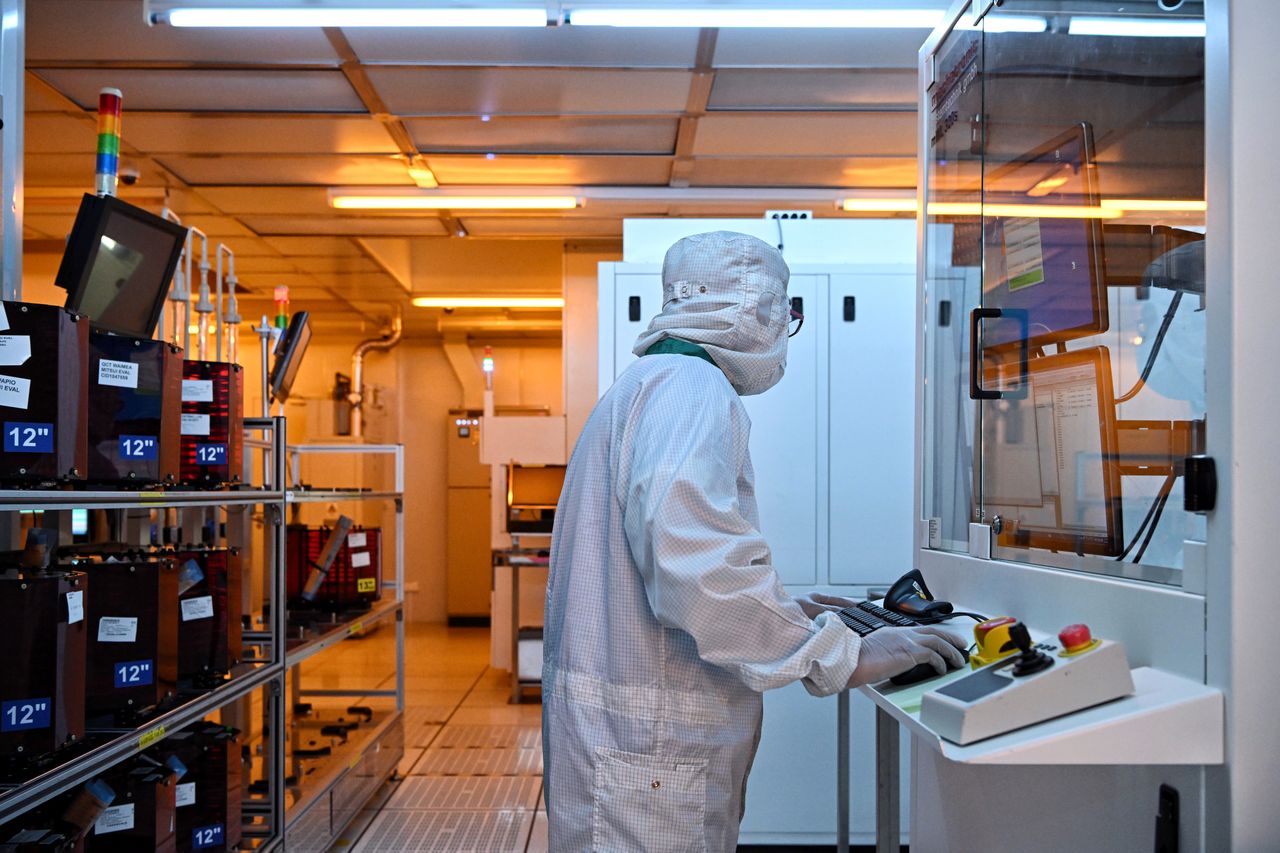SINGAPORE’S overall factory activity dipped marginally in January, mirroring a regional slowdown for the manufacturing sector.
The city-state’s Purchasing Managers’ Index (PMI) fell to 50.9 in January, down 0.2 point from the previous month, data from the Singapore Institute of Purchasing and Materials Management (SIPMM) showed on Monday (Feb 3).
A reading above 50 indicates expansion.
The electronics sector posted a PMI of 51.1 in the same period, 0.3 point lower than in December. It was the second straight month of slowing down for this sector.
Nevertheless, January marked the 17th month of expansion for the overall manufacturing sector, and the 15th month for the electronics one.
OCBC chief economist Selena Ling said “the modest pullback was not terribly surprising”, given that the Chinese New Year happening in January meant it was likely that some front-loading of production and exports took place at the end of last year, ahead of widely anticipated tariffs by US President Donald Trump.
BT in your inbox

Start and end each day with the latest news stories and analyses delivered straight to your inbox.
DBS economist Chua Han Teng noted that there had been a similar moderation in the PMI in February 2021, 2022 and 2024, which was the Chinese New Year period for those years.
“We still expect resilient near-term external demand amid an ongoing global tech upcycle to support Singapore’s manufactured products, especially electronics,” he said.
However, Ling noted weaknesses in several sub-indices – supplier deliveries, future business, imports and order backlog.
“Whether this is isolated to the January holidays or persists beyond bears watching, mainly due to the growing external headwinds,” she said, noting that announcements of fresh tariffs by the Trump administration is the “biggest storm cloud” hanging over the horizon.
UOB associate economist Jester Koh said that, specifically for the electronics PMI, the “significant pullback” in new orders, new export orders and especially the future business sub-indices may reflect “concerns over trade-policy uncertainty”.
“While both the electronics NODX (non-oil domestic exports) and IP (industrial production) have likely benefited from some degree of front-loading ahead of US tariffs, this is unlikely to be sustained in our view. There could be some payback towards the latter half of 2025,” he said.
Regional manufacturing sentiment
Across the region, most economies recorded a lower PMI in January than in December.
Only South Korea bucked the trend. The S&P Global South Korea Manufacturing PMI rose to 50.3 in January, up from 49 in the previous month.
Usamah Bhatti, economist at S&P Global Market Intelligence, said: “(South Korean) firms often mentioned that the improvement came from stronger sales to export markets, as a muted domestic economic environment had weighed on the manufacturing sector.”
Taiwan’s PMI, also published by S&P Global, slipped to 51.1, from 52.7 in December.
Despite the slowdown, however, manufacturers remain confident that growth will be further supported by improved demand in the coming months, said Paul Smith, economics director at S&P Global Market Intelligence.
“International markets will naturally be important in this regard, and January’s latest rise in new export sales – in part driven by demand from the United States – should be viewed as positive, albeit with the caveat of considerable uncertainty over possible changes in future US trade policy,” he said.
Over in China, the official PMI fell to 49.1 in January, swinging to contraction from 50.1 the month before. Meanwhile, the Caixin PMI, derived from smaller private manufacturers, slid to 50.1 in the same period, down 0.4 point from December.
Wang Zhe, senior economist at Caixin Insight Group, noted that growth continued for the fourth straight month, albeit in a “limited” way.
China businesses also grew “more optimistic”, Dr Wang added, with surveyed companies remaining “hopeful” about the economic outlook, even as concerns about US-China trade persisted.
“Rising uncertainty in international policies could worsen China’s export environment, posing significant challenges for the economy,” he said, adding that macroeconomic policies would need to be “well-prepared and adjusted promptly” in response.
In South-east Asia, the S&P Global Asean Manufacturing PMI slipped to an 11-month low of 50.4 in January, from 50.7 in the previous month.
This comes as new orders and output both expanded at a softer pace, and the export market continued to hold back overall sales growth, said Maryam Baluch, economist at S&P Global Market Intelligence.
“On the bright side, inflationary pressures eased, and after two months of job cuts, January brought a slight uptick in payroll numbers,” she added.















